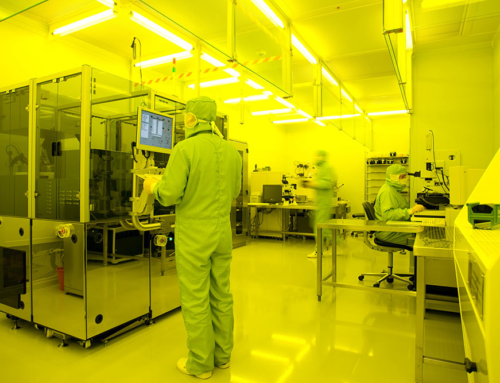Hello again!
Not so long ago I witnessed a conversation online amongst cleanroom managers discussing various type of contamination control used in airlocks. Seeing how the person who asked the question wasn’t sure of what to use, or even where to look for an answer, so I decided to contribute.
Turned out that many operators are unsure about which contamination control technique to use with specific cleanroom designs.
After working for a long time in cleanroom construction and service, constructing pass through hatches, step over benches and other cleanroom accessories, I have to know these characteristics in order to provide top quality product to our customers.
In industries using cleanrooms, you just can’t take any chances, everything must work as planned, or your product (research) will suffer.
So here are the three types of airlock control:
Bubble
Summary
A bubble airlock is one with a positive pressure in relation to the internal and external zone.
Why it works
Because it runs at positive pressure to both areas it creates a barrier where contaminants within either area are pushed back into their own respective areas.
Application
Used in, areas where the products needs protection and the people external to the cleanrooms require protection from the product, to reduce the possibility of viable articulate from entering the lesser pressure cleanroom. Areas such as high potency, compounding areas where terminal sterilisation is not an option.
Important considerations
The air being used to pressurise the bubble needs to be of higher quality than both the internal and external zone.
Cascade
A cascade airlock is one where the positive air pressure flows from the high-pressure internal zone to be airlock and from the airlock to the lesser lower pressure grade area.
Summary
Cleanroom flows from the clean room to the airlock and from the airlock to preparation areas.
Why it works
The cascade effect keeps the particulate external to the critical area.
Application
Any manufacturing facilities where the product requires protection from particulate but the people outside the cleanroom do not need protection from the product in the cleanrooms.
Sink
A sink airlock is one where it runs a negative pressure in relation to the internal and external zone.
Summary
By extracting air from the airlock whenever a door is open and influx of contaminated air from either environment internal or external enters the airlock. This contaminated air is drawn out through appropriate filters.
Why it works
By drawing the contaminants into the airlock reduces the opportunity of contaminants passing to the internal zone.
Application
In many research facilities, substances that are experimented on are highly dangerous, and it is essential to keep them from being exposed. During a few types of production processes in a cleanroom, air from a contaminated area has to be contained in one place.


